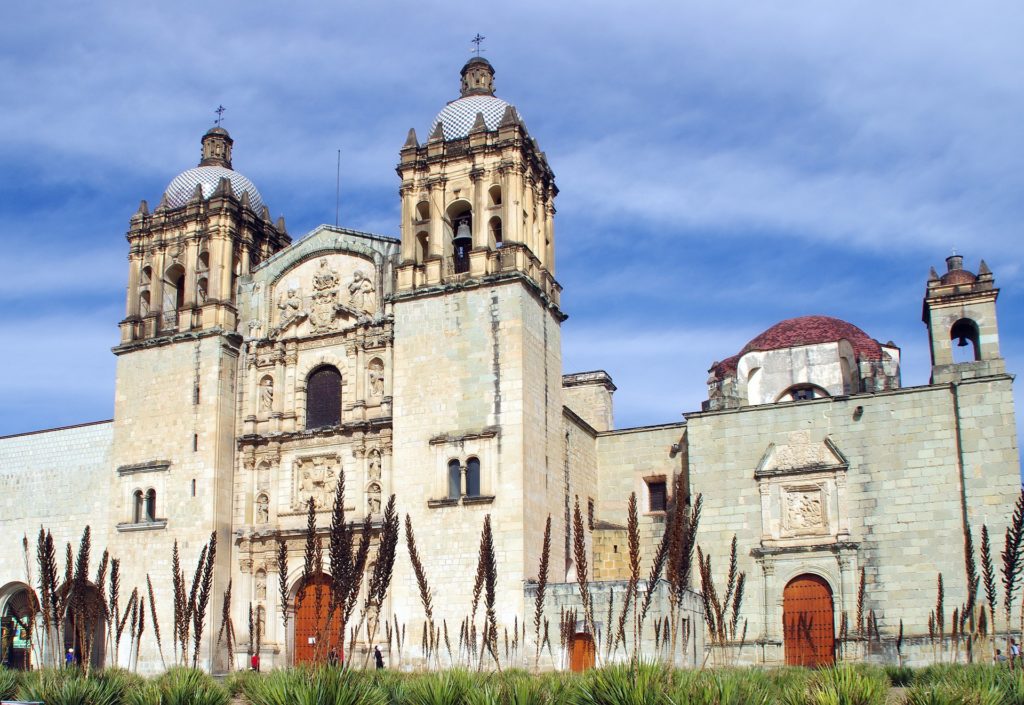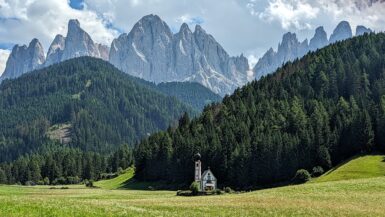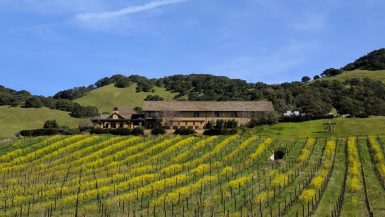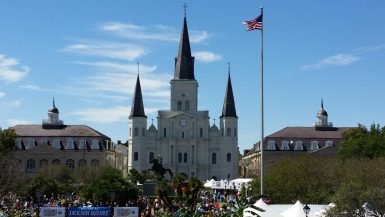Guest post by goldengardner
Oaxaca is a beautiful city – lots of open-air markets, beautiful churches, great food and art. Everything in town is walking distance. There are lots of options for excursions in every direction around the area, and you basically go where the market happens to be that day. One day a week the people form the mountain villages come down and sell their goods.
It’s also one of the few areas in Mexico where it’s still very native. Much of the population is the indigenous people that have been living there for centuries and it hasn’t been modernized. More importantly, it’s a pretty safe place to go in Mexico, largely due to its geography.
We stayed at a house we found on Craigslist. It had lots of references, and a person who works at the same University as my wife had stayed there so we felt comfortable booking it. They hooked us up with a local tour guide that picked us up from the airport and took us to all the tours, and it worked out great. Here are some of the things we did:
Mezcal tour
One day we went to the palenques where they make mezcal, a spirit made out of agave. They harvest it wild, cook it in the ground, mash it, ferment it, distill it and bottle. We did the tour with Alvin Starkman, who is the most well-known distiller there and you really learn a lot on his tours. If he’s booked full, I’d go with Randall Stockton.
La Noche de Los Rabanos
At the Christmas market in the main square (Zocalo) they have La Noche de Los Rabanos, or Night of the Radishes, on December 23. Lots of artists make carvings out of radishes and fill the whole city plaza. Very unique, something you won’t experience anywhere else.
Jardin Etnobotanico
The Ethnobotanical gardens (Jardin Etnobotanico) in Oaxaca are really cool. Really old military grounds, before that was Indian ground. Publicly run, so they don’t have to adhere to government dogma when they talk about the history.
Multi-village tour
One day we went to 3 different villages, each known for a specific type of craft. It was a great way to get a true sense of what it’s like to live in the area and see how they make a living.
One was known for wood carvings, which are vibrantly colored and intricate. The artists “see” a shape in the wood and carve an animal out of it.
Another was a weaving village where they make beautiful table runners, scarfs, and other garments.
The third village specializes in black pottery, which has been a local art for hundreds of years.
Although we didn’t go there, another popular place nearby is Santa Maria del Tule. It’s less than a half-hour from Oaxaca and home of El Arbol del Tule. Its claim is the widest tree in the world, and one of the oldest at 1,500-2,000 years old.
The weather in late December (2017) was great – high 70s and low 80s in the day, and cool in the 50s at night.





Leave a reply